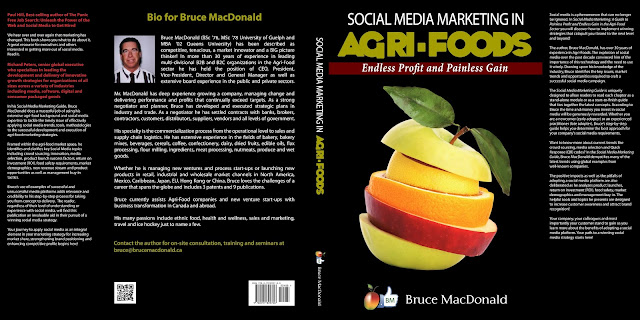HYPERTENSIVE ADULTS SHOULD SUBSTITUTE SEASONINGS FOR SALT
Published May 21, 2013 in Food Product Design
SAN FRANCISCO—Hypertensive older individuals consume more salt and have higher salt appetite; however, substituting seasonings like oregano for salt may help them choose foods with less salt, according to new research presented at the American Society of Hypertension (ASH) 28th Annual Scientific Meeting and Exposition and published in the Journal of Clinical Hypertension.
Researchers at Sao Paulo University conducted a study to investigate whether hypertensive older individual has greater preference for salty foods and if seasoning foods can change the preference of salt. They studied 28 treated hypertensive and 16 normotensive older individuals with a median age of 70 years.
French bread with three different concentrations of added salt (421.2, 648.0 and 874.8 mg sodium/100 g) were presented to volunteers. In the first day they tasted just French bread with three different concentration of salt. After 15 days, volunteers tasted the same types of French bread, but now with seasoning added with the same concentrations in all samples. In both days volunteers were instructed to answer a questionnaire, evaluating each sample using hedonic scale of flavor, and they were asked about the preference among samples. Body mass index (BMI) and blood pressure were measured, 24-hour urinary sodium excretion was determined on the two days of sensory analysis.
Results showed 24-hour urinary sodium excretion and blood pressure were greater in hypertensive group. In a taste test of bread identical except for sodium level, 68% of hypertensive individuals preferred the saltier one compared with 31% of normotensive participants. Adding oregano to the bread on a retest 15 days later drastically lowered the proportion who preferred the saltier bread.
The food industry as a whole has been focused on sodium reduction amid reports of the deadly consequences of excess sodium and the high sodium levels in processed and foodservice foods. Over the past few months, there have a number of reports that contradict the current 2010 Dietary Guidelines for Americans, which include a goal of reducing dietary sodium intake to less than 2,300 milligrams per day for the general population, and further reducing intake to 1,500 mg/day among certain large population subgroups who may be at higher risk.
Food Product Design’s Editor Lynn Kuntz addressed the complex issue of sodium reduction in her Hot Pot blog, Sodium Reduction: It’s Complicated.
Check out my latest e-book entitled: "Social Media Marketing in Agri-Foods: Endless Profit and Painless Gain".
The book is available on Amazon and Kindle for $4.99 USD. Visit amazon/Kindle to order now:
http://www.amazon.ca/Social-Media-Marketing-Agri-Foods-ebook/dp/B00C42OB3E/ref=sr_1_1?s=digital-text&ie=UTF8&qid=1364756966&sr=1-1
Written by Bruce MacDonald, a 30 year veteran of the Agri-food industry, in "Social Media Marketing in Agri-Foods: Endless Profit and Painless Gain", Bruce applies his background and expertise in Agri-foods and social media to the latest trends, tools and methodologies needed to craft a successful on-line campaign. While the book focuses on the Agri-food market specifically, I believe that many of the points Bruce makes are equally applicable to most other industries.

No comments:
Post a Comment